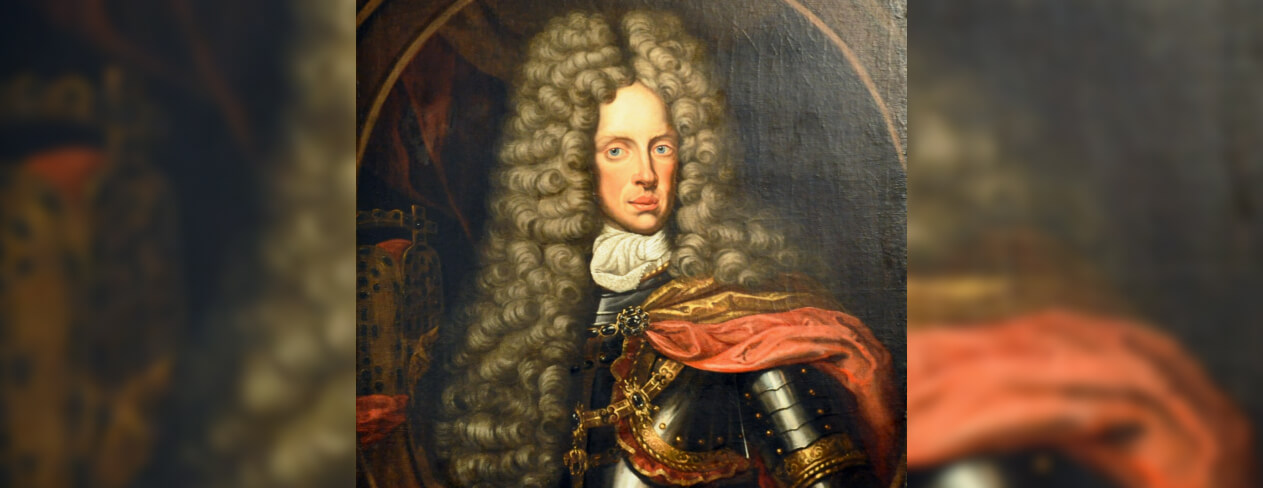
Emperor Joseph I was born on 26 July 1678 and grew up in a large family. From an early age, Joseph showed a deep love for the arts and music. After ascending the throne in 1705, he had the Vienna opera house built – at the time, the largest in Europe. Unlike many of his predecessors, Joseph was relatively tolerant in religious matters.
Joseph’s father, Emperor Leopold I, had had no male heir from his first two marriages. Only with his third wife, Eleonora Magdalene of Neuburg, did he finally have – among several daughters – two long-awaited sons: Joseph and Charles. Unfortunately, neither of them fathered surviving sons. For several generations, the Habsburg male line had teetered on the brink of extinction, despite the abundance of daughters, aunts, and nieces.
To address this looming crisis, the first version of the famous Pragmatic Sanction was drawn up. Among other important provisions, it amended the family law to allow the Habsburg domains to pass legally through the female line as well. As the elder brother and Emperor, Joseph secured precedence for his daughters over Charles’s.
However, following Joseph’s premature death in 1711 and numerous shifts on the European political stage, Charles – as the new Emperor – ultimately ensured the succession of his own daughters. When the time came, this reversal brought the Habsburgs one of the most successful rulers in their history: Maria Theresa.
Access to the Metatext via placing an order for an augmented product. See Terms of Use